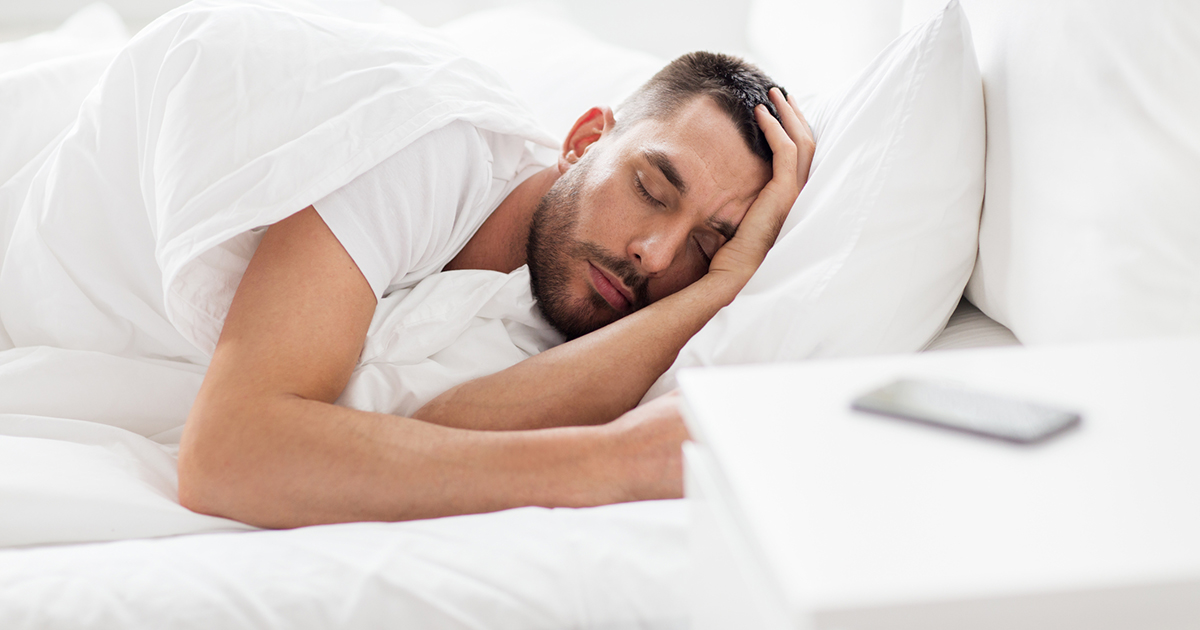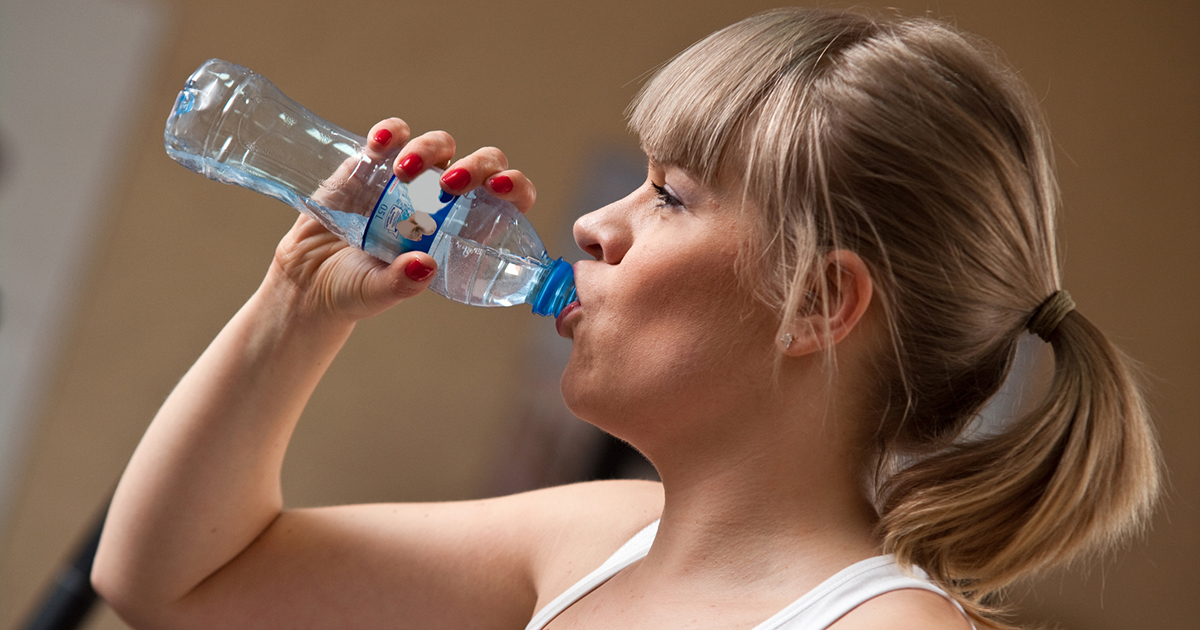How To Treat E. Coli
Escherichia coli, often shortened to E. coli, is an intestinal bacteria that normally lives in the gut of humans and mammals. There is an array of different types of E. coli, and most remain relatively harmless. Infection occurs when fecal matter with E. coli contaminates a food or water source, and that source is then consumed. This can happen by eating raw or undercooked foods, as well as from inadvertently swallowing dirty water. Beef, leafy greens, and dairy are the most commonly contaminated food sources.
Almost 100 thousand individuals suffer from E. coli food poisoning each year, making it one of the most common food-related illnesses in the world. It infects the intestines and can cause loss of appetite, bloody stools, fatigue, fever, nausea, gas, and diarrhea. Symptoms usually show up within ten days of exposure and can persist for six to ten days. There’s no cure for E. coli, and treatment is aimed at lessening the symptoms. Most patients recover without professional medical intervention, but there can be severe complications requiring medical intervention.
Get Lots Of Rest

Rest is imperative as the infection runs its course. The symptoms of E. coli will leave you fatigued. Don’t fight this fatigue, and allow yourself to get lots of rest. Fatigue is your body’s way of telling you to conserve energy and fuel. Avoid physical and strenuous activities, such as those that make you sweat out precious fluids you need to conserve. Check with your state health department to determine if you should be excused from work or school by law as you recover. Expect symptoms such as abdominal cramping, watery or blood-tinged stools, bloating and flatulence, nausea, and decreased appetite, and low-grade fever.
Drink Lots Of Clear Fluids

Staying hydrated helps flush E. coli out of your system. Diarrhea and vomiting can lead to dehydration quite quickly, especially in young, elderly, malnourished, and underweight individuals. Drink a lot of clear liquids to stay hydrated, such as water and low sugar electrolyte drinks. Another great choice is ginger ale, as it can help with nausea while it hydrates. Because you’re losing so many fluids, the standard eight glasses a day likely isn’t enough.
To judge how much fluid you need, look at your urine to ensure you’re hydrated enough. Hydrated urine will be either pale yellow or clear, but dehydrated urine will be a darker amber color. A complication that affects around five to ten percent of E. coli cases, most of whom are children, is hemolytic uremic syndrome (HUS), a life-threatening kidney complication that occurs from dehydration and decreased urination, and requires immediate medical attention.
